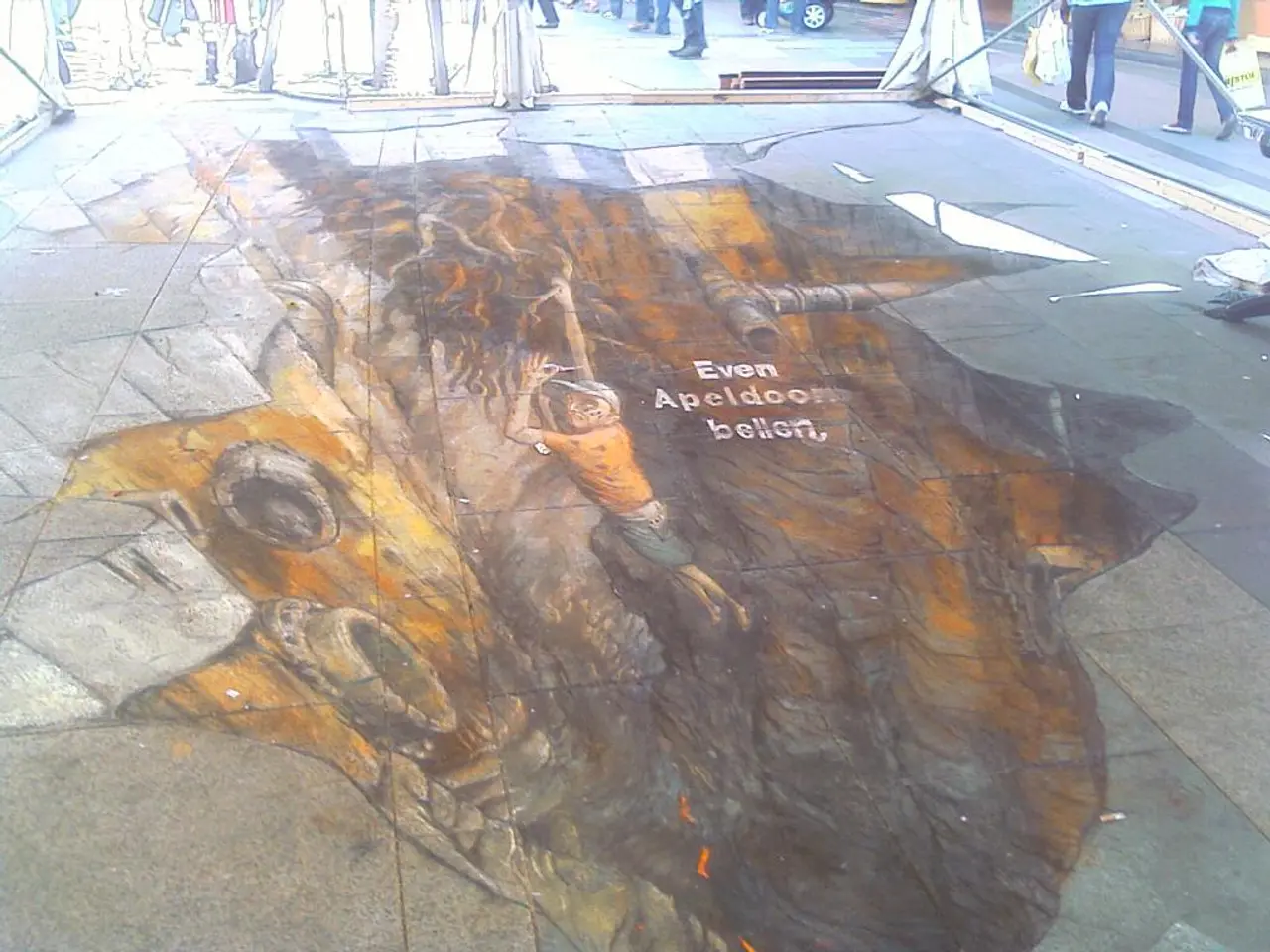Development and Influence of Three-Dimensional Graphics on Video Game Aesthetics
The Evolution of Video Game Graphics: A Journey Through Time
Video game graphics have come a long way since the late 1980s, transforming from simple 2D pixel art to the highly detailed and lifelike visuals we see today. Let's take a look at some key milestones that have shaped this evolution.
Late 1980s: Refinement of 2D Pixel Art and Introduction of Handheld Systems
The late 1980s saw a refinement of 2D pixel art, with iconic games like Super Mario Bros shaping the aesthetics through clever use of low-resolution sprites and limited color palettes. The launch of handheld systems such as the Game Boy brought gaming on the go with monochromatic but recognizable pixel visuals.
Early 1990s: The "3D Revolution" and Polygonal Graphics
The early 1990s marked a pivotal transition from 2D pixel art to 3D polygon graphics. Games like Virtua Fighter (1993) introduced 3D character models in fighting games, setting the stage for the "3D Revolution." This era established 3D polygonal rendering as the new standard for visual presentation in games.
Mid to Late 1990s: Growth of Texture Mapping and Improved 3D Rendering
During this period, the use of texture mapping on 3D polygons became more sophisticated, enabling more detailed and realistic environments and characters. Games like Final Fantasy VII (1997) stood out with their richly stylized characters against pre-rendered backgrounds.
Early 2000s: Rise of High-Definition Graphics and Advanced Shaders
With the advent of consoles like the PlayStation 2 and the Xbox, video games progressed to high-definition (HD) visuals, incorporating complex shaders and lighting effects. Games like Metal Gear Solid 2: Sons of Liberty (2001) utilized advanced graphical techniques to deliver cinematic quality cutscenes and intricate environmental details.
2010s: Real-Time Ray Tracing, Physically Based Rendering (PBR), and 4K Resolution
The 2010s introduced real-time ray tracing technology and physically based rendering, which improved reflections, shadows, and surface realism massively. The industry also embraced higher display resolutions, such as 4K, greatly enhancing fidelity and detail in game graphics.
2020s and Beyond: Integration of AI and Enhanced Realism
Contemporary graphics include the use of AI to improve texture generation, character animation, and upscaling techniques. Next-generation consoles and PC hardware continue pushing realism with ray tracing and ultra-high resolutions, alongside more immersive VR and AR experiences.
One notable departure from the traditional 3D graphics was the cel-shaded visuals introduced in Jet Set Radio (2000), which gave 3D art games a unique, cartoon-like appearance. The Legend of Zelda: Wind Waker (2002) charmed players with its whimsical art style, demonstrating that cel shading could create a timeless, storybook quality.
Meanwhile, games like Doom (1993) offered a first-person experience that was immersive in ways previously unimagined, while Wolfenstein 3D (1992) set the stage for 3D art game design with its maze-like levels and simple textures. Throughout this journey, the history of 3D modeling during this time was about enhancing visuals and revolutionizing game design, offering worlds that were vast, explorable, and richer in interaction.
- As we delve into the realm of lifestyle, one cannot overlook the evolution of video game graphics, particularly in the context of fashion-and-beauty and technology, where remarkable advancements have transformed gaming visuals from simple 2D pixel art to highly detailed, lifelike displays.
- In the food-and-drink sector, parallels can be drawn between the development of video game graphics and the introduction of new culinary techniques, with each innovation contributing to an overall more immersive and refined experience.
- The home-and-garden enthusiast may find similarities between the progression of video game graphics and the design evolution in interior decor, both striving for improved realism, representation, and visual appeal.
- Gadgets such as smartphones and virtual reality headsets mirrors the transitions video game graphics have experienced, from monochromatic, blocky visuals to vivid, realistic renderings that immerse users in captivating digital worlds.
- Lastly, data-and-cloud-computing breakthroughs mirror the advancements in video game graphics, as the growing abilities to analyze vast amounts of data and process complex visuals enable the creation of increasingly lifelike gaming experiences, enriching the sports-betting and travel industries along the way.





